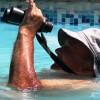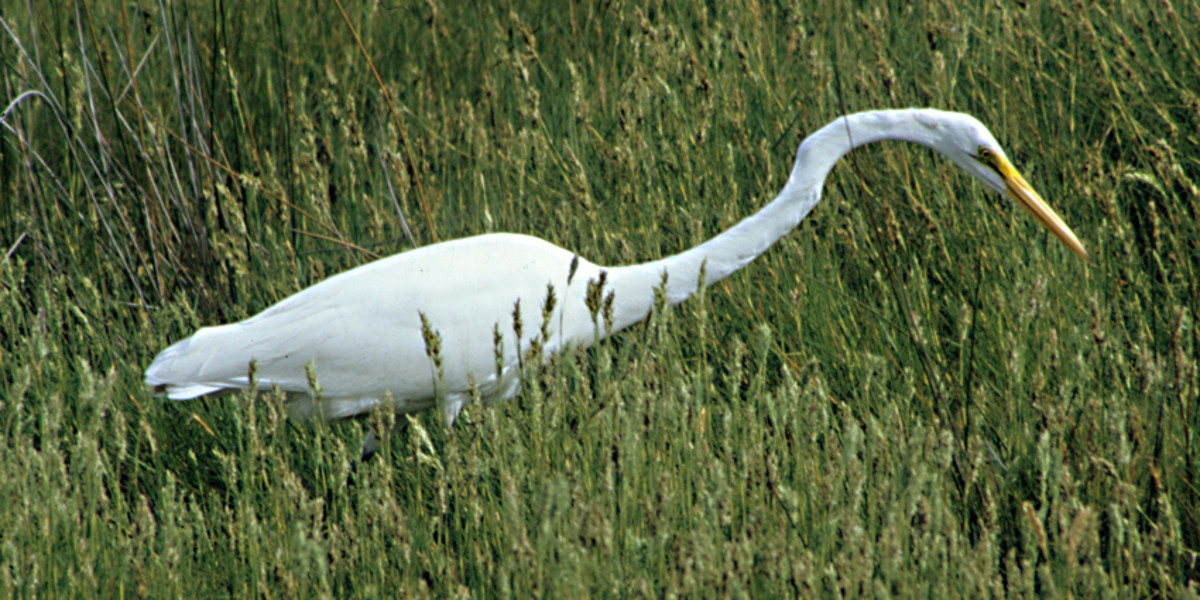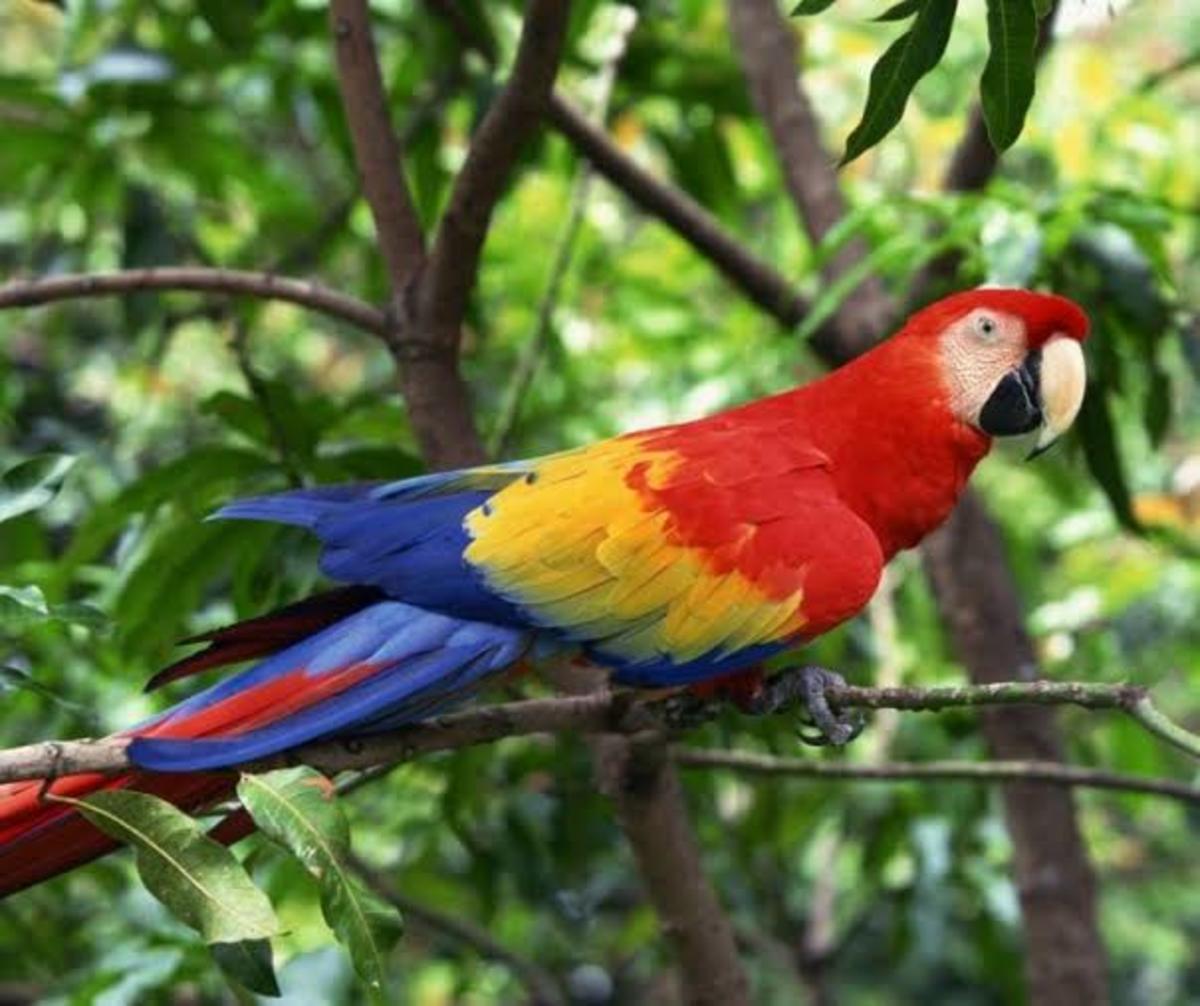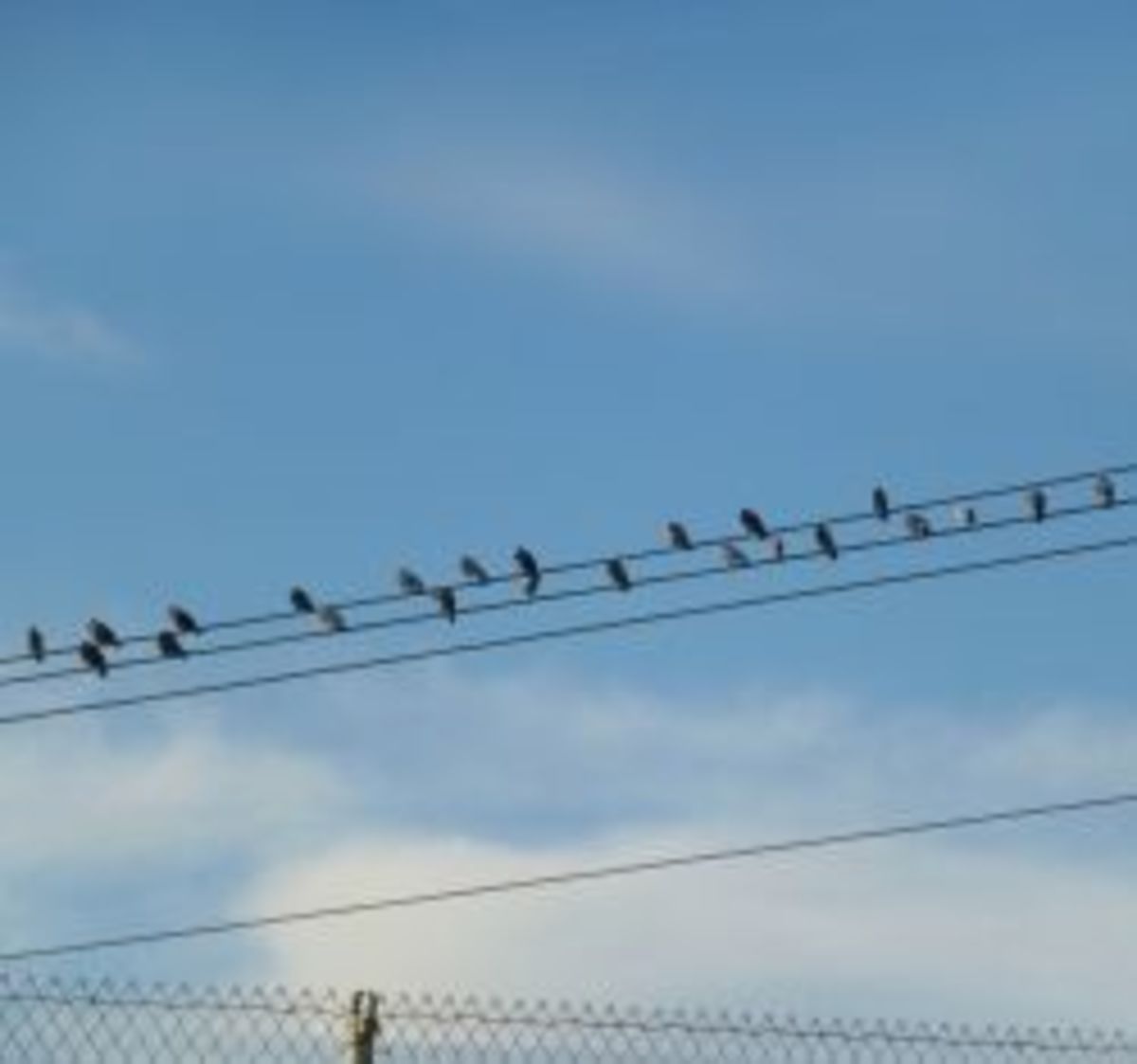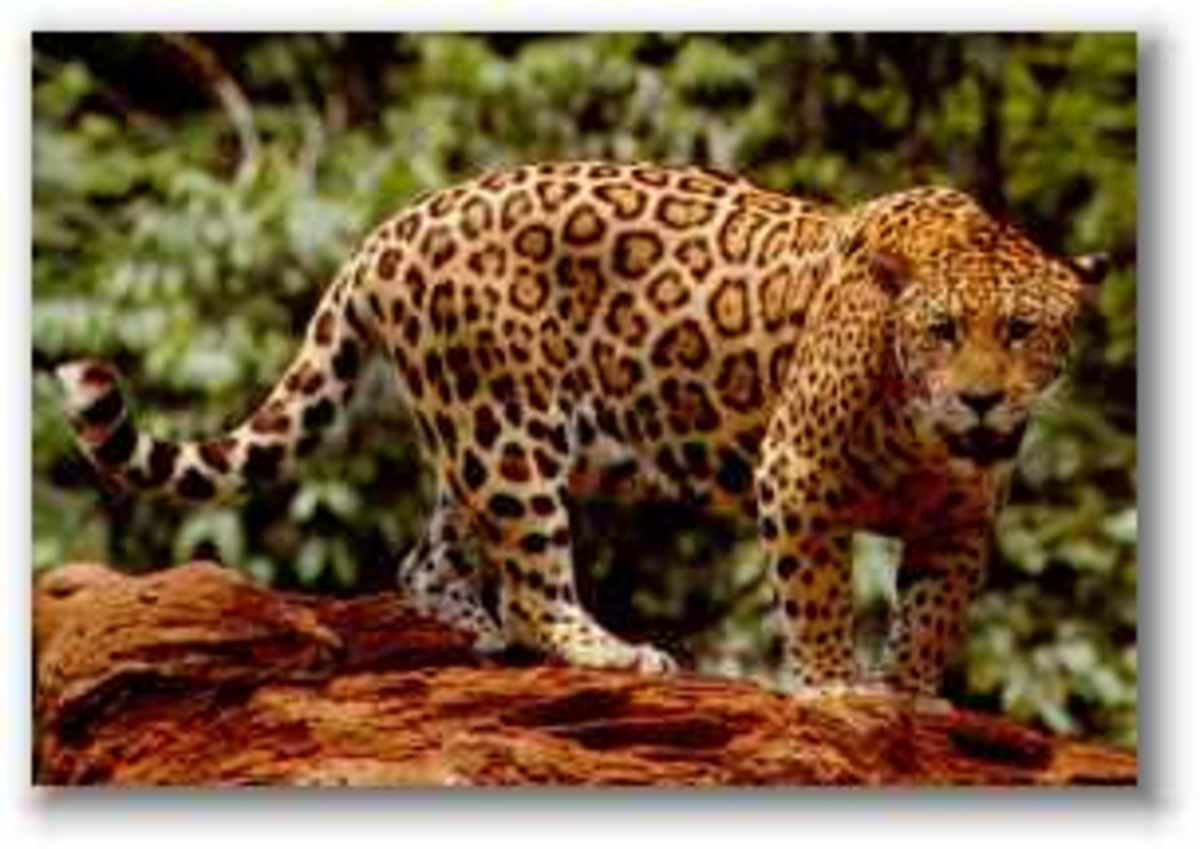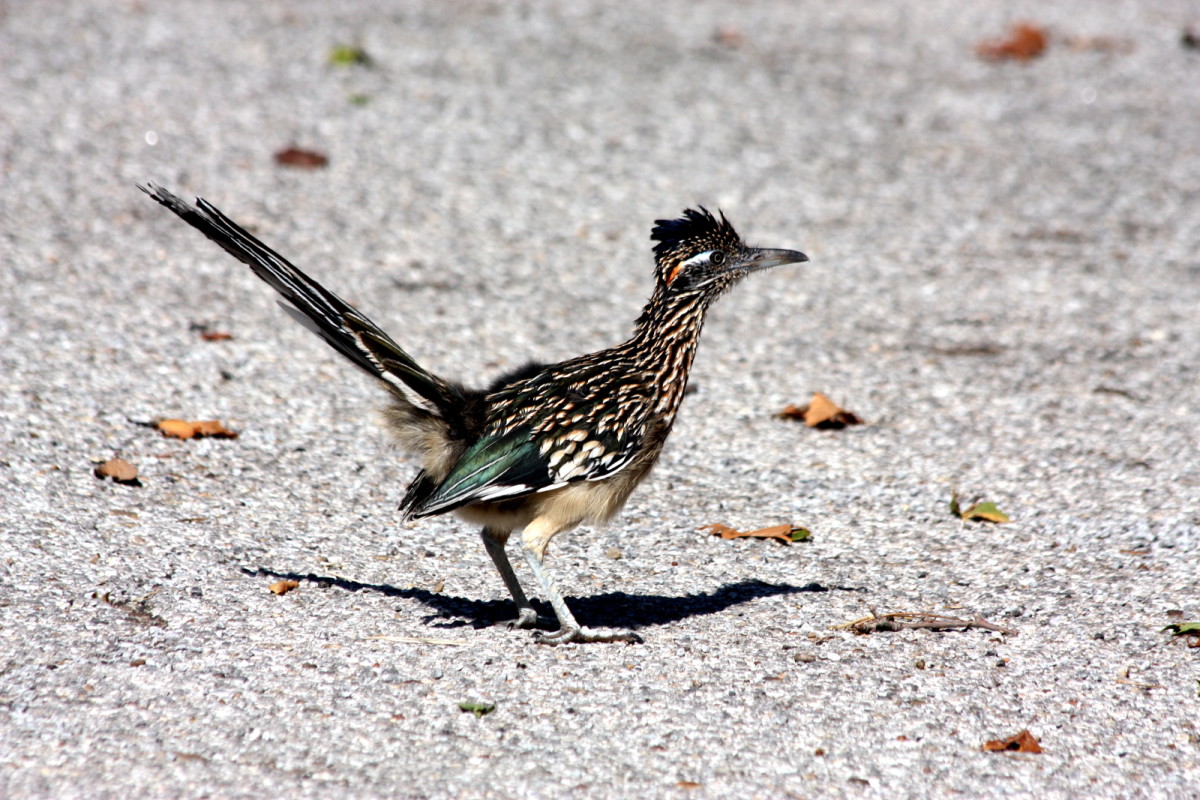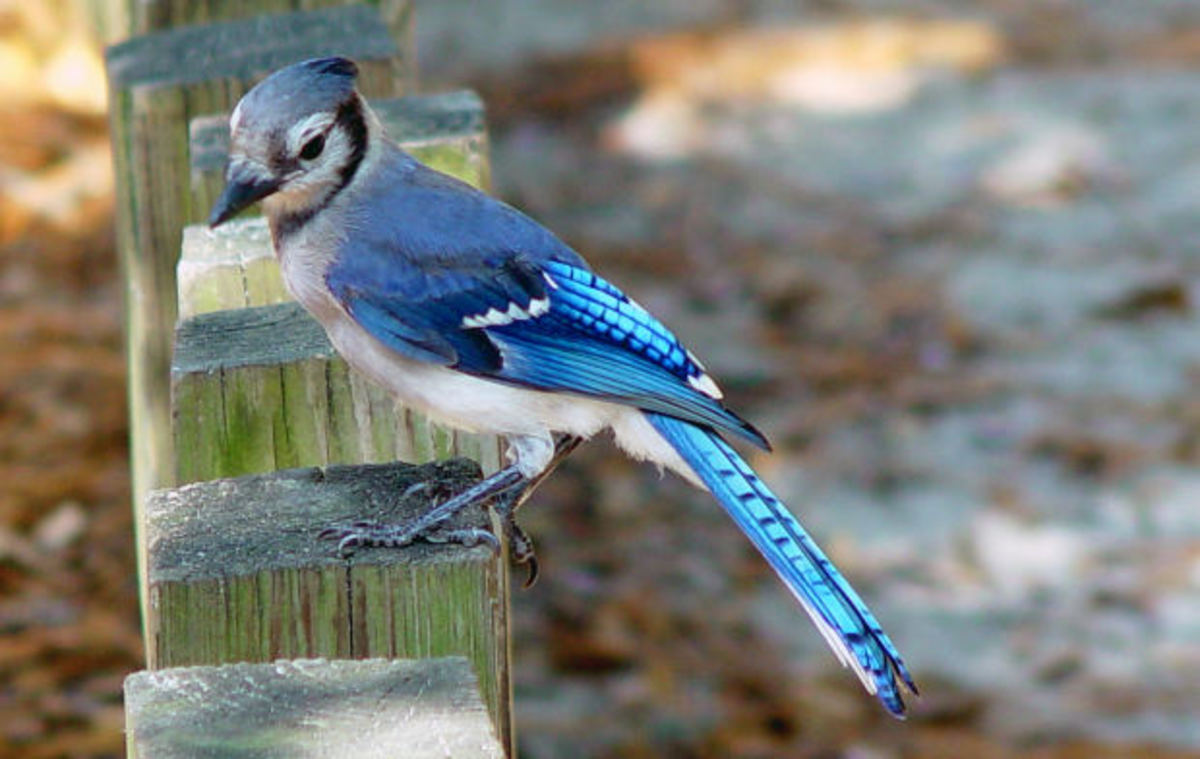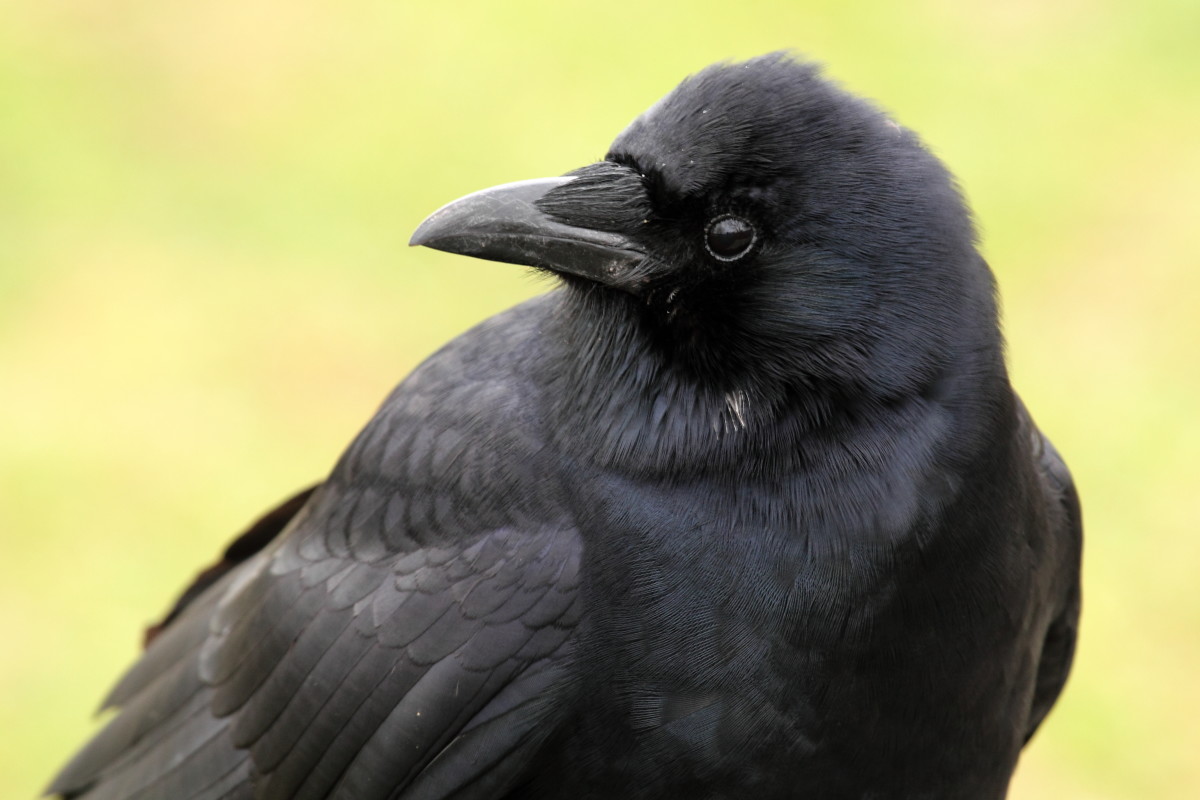Questions My Grandkids Ask Me-Why Is the Bird Doing That Funny Thing?
Bird behaviour
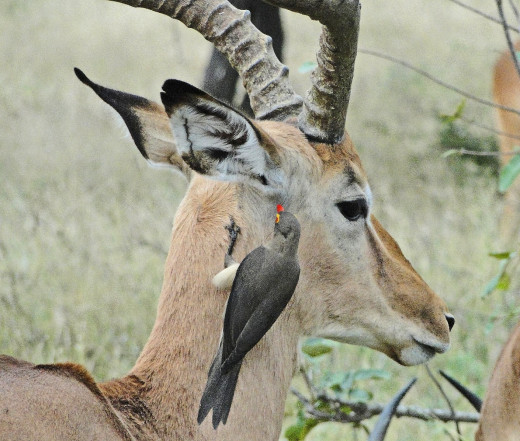
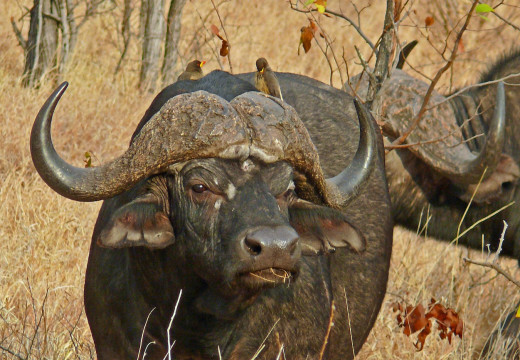
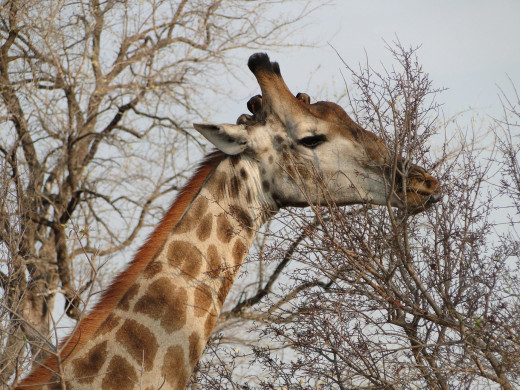
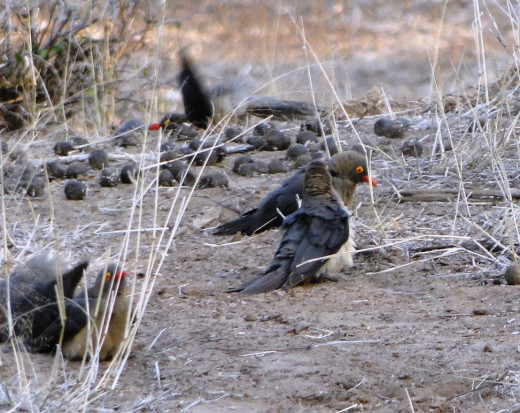
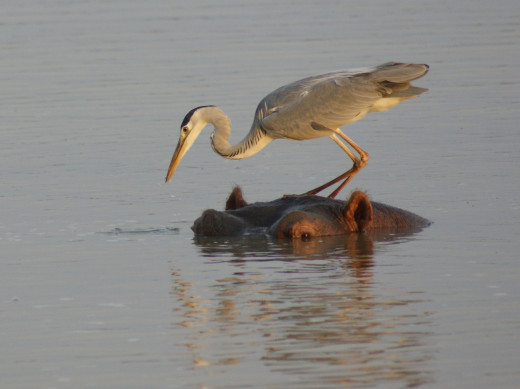
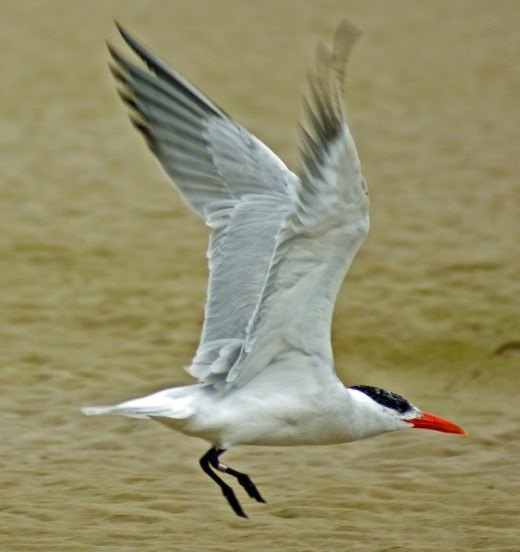
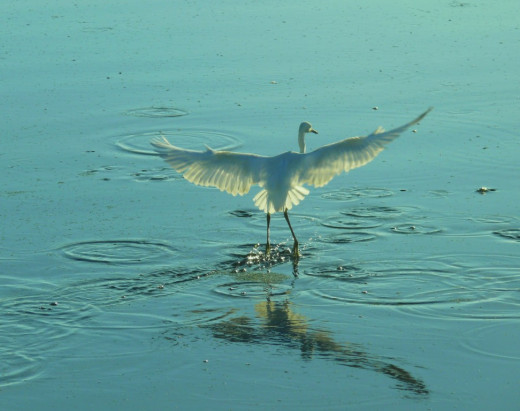
Birds doing funny things!
Becoming a "birder" is a long journey and starts when young children see and learn the names of birds in the garden or in the veldt. While a casual knowledge of what kind of bird a dove or sparrow is it can somehow become a great hobby. As people who love visiting the great Game Reserves in South Africa we seem to often have our children and grandchildren with us and when we visit these places they begin to challenge our knowledge with interesting questions that come from inquisitive minds. There are so many interesting questions to ask about bird behavior that it becomes necessary to find some answers to avoid looking so dumb.
Fortunately, some of the questions can be answered with commonsense observations but other need a bit of research. There are many good books to study and in todays world Goole often has the answers at your fingertips
Why is that bird climbing up the Giraffe and the other one standing on the Hippo, and why are those birds lying in the sand? Why is that flock of birds following the farmer and his tractor as he ploughs the land? There are so many interesting questions to ask about bird behavior that it becomes necissary to find some answers to avoid looking so dumb.
Some birds use the animals in their area to find food. They remove ticks from the animals that they stand on (Oxpeckers and Cattle Egrets). The Egrets also feed on the insects that again breed in the cattle droppings. Some also actually use the animals as a platform to catch fish or other food in the water (Herons on the Hippopotamus). Birds will follow a farmer busy ploughing because he disturbs insects that they feed on.
Birds have to clean their wings and when there it not much water some do so by using sand to "dry clean" their wings.This is called sand bathing. Especially in dry areas the birds find an area where there is soft sand available and they then use the sand to get rid of bugs that tend to gather in their wings and feathers and also to rmove old feathers.
When the birds and the animals both benefit from the relationship it is called a simbiotic relationship as is the case with the Oxpeckers, who get rid of the ticks on the animals and at the same time the birds get food. Both benefit from what is happening.
Why are those birds swimming with their heads under the water and their tail feathers in the air? Well they are looking for food and some ducks can hold their breath for several minutes. The Cape Gannet can swim several hundred feet under water to catch their food.They use their feet like flippers after diving from up high into the water with their wings tucked in.
Some birds skim over the water with their beaks breaking the surface as they go. They filter out water and retain any fish or insects that they find in this way. They are in fact called Skimmers and have exceptionally large beaks.
The Sunbird that is sticking it's head into the flower is using its long beak to find food deep in the flower.The Hadeda Ibis with its beak in the ground is searching for earth worms.
Those two Grey Crowned Cranes doing a dance are busy courting and the bird flying into the air and then diving down clapping its wings is a Clapper Lark looking for a mate.
The ring around the Terns ankle is there to enable scientists to track the movement of birds. Some Terns ringed in the Northern Hemisphere have been found to have flown over 13.000 km to the South.
The White Heron "walking on water" is infact taking off or coming to land. Many water birds use this method, using the water as a runway to pick up enough speed to take off or to slow down when landing.
The wonderful world of bird behaviour is interresting and fascinating to watch and study.
